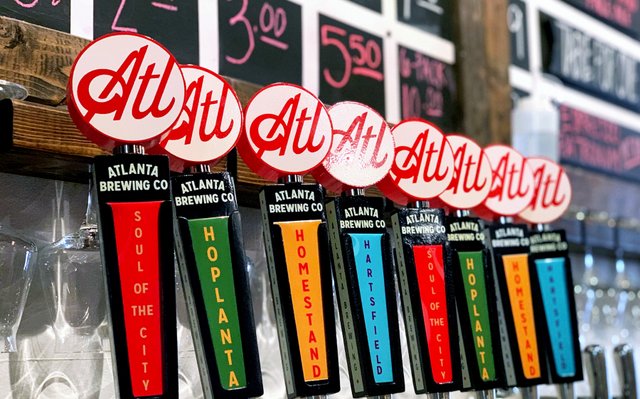
This column was provided by CODO Design, a branding firm based in Indianapolis, IN. They’ve worked with breweries across the United States and around the world, on naming, positioning, branding and rebranding, responsive web design, and package design. If you’d like to discuss your brewery’s branding, shoot Isaac an email: [email protected]
In 2018, we had the privilege of working with Atlanta Brewing Co. on a comprehensive rebrand. We’ve handled dozens of rebrands over the last few years, but this one was special for a few reasons. First of all, they had a dream name trademarked and sitting on a shelf ready for reuse (we detailed their 2010 renaming from Atlanta Brewing to Red Brick Brewing in our long form project story). And second was the gravity of their situation itself — Atlanta Brewing was gearing up for its 25th anniversary, but was getting hammered on the sales front by young upstarts and Big Craft alike.
Turning 25 is a remarkable feat in any industry. But in craft beer, one isn’t granted sales just because they’ve been around longer than the next guy. In fact, there’s a good deal of literature and IRI info that shows just the opposite. Today’s successful brewery, young or old, is light on its feet. It can’t rest on its laurels and it has to continually adapt to make world class beer (that meets whatever ephemeral style whim the consumer wants in a given year).
We’ve had to have a few uncomfortable conversations with breweries ahead of their rebrands about the need for true internal change before making any external changes. This is always a hard thing to do as a small business owner myself — you can give us tons of money and we can design the most beautiful identity and packaging on the planet. But if your beer is boring, or flawed, you’ll continue dying on the vine no matter how much money you give your design firm.
Atlanta Brewing (then, Red Brick Brewing) began making just these changes back in 2014 with key personnel changes. We’ll dive more into this in the conversation below. For now, just know that Atlanta did everything right. They got their leadership, brewing staff, sales and operations houses in order long before even considering a rebrand. And believe me, without this legwork and core internal culture shift, Atlanta’s rebrand would not have been even as remotely as successful as it has been.
This stage set, let’s catch up with the Atlanta team to discuss ROI and how their first year has gone with a new name, packaging, website and battle flag.
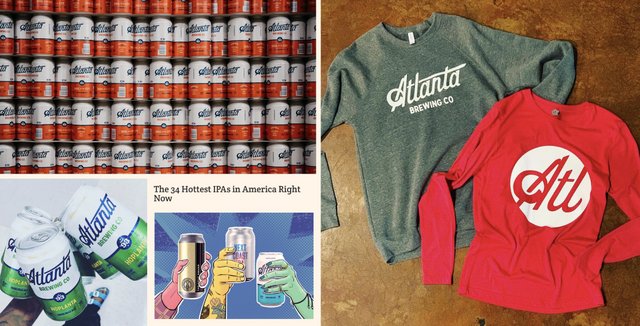
What ultimately led to you deciding to rebrand?
Garett Lockhart: Our new management team and a new distributor in Atlanta helped, but also a renewed since of pride in being from or living in Atlanta helped significantly.
Cameron Davis: We had been Atlanta Brewing Co. in the past, and still legally were named that while doing business as Red Brick Brewing Co. After a full staff changeover, Red Brick Brewing just didn’t resonate with us at all. It seemed silly to have Atlanta Brewing Co. and not use it. Also, with a resurgence in hyper-local pride, we felt that the original name had to be used. Red Brick didn’t mean anything to anyone, Atlanta Brewing Co. allows you to tell the story of the oldest brewery in the state and our local fans to feel more of a connection with the brand.
How is a larger production brewery like Atlanta Brewing adapting to the current state of the “rotation nation” and consumers constant search for new beer?
Lockhart: It’s tough and it doesn’t seem to be getting any easier. We decided to participate in rotation nation so that our brand has a chance to stay relevant. Our thought is that if people try our new offerings and enjoy them they’re more likely to revisit our core offerings
Matt Wells: There’s definitely a dance that has to be done as we construct our yearly release calendars. As a 25-year-old brewery we have to be cognizant to balance high-quality core items (that create a billboard at off-premise retail and are stylistically relevant for on-premise accounts), against our small batch releases that are designed to be innovative and continue to tell a new story for the Atlanta Brewing Co. With a heavy focus on pack mix, 50-bbl batches of limited release beers strategically released throughout the year has proven to be a perfect complement to our core portfolio.
When I arrived in the spring of 2017, I was confronted with the harsh reality of representing a brand with some perception issues and challenges in local distribution. I began floating the idea of a rebrand to coincide with our personnel changes, new philosophy and overhaul of the brewing and quality programs. The director level team began work on a new five-year plan with rebrand within six months of the initial conversations.
What’s the most surprising thing you’ve learned or experienced since rebranding?
Wells: We were convinced that to effectively rebrand, three things had to change. The liquid had to be world-class, the styles of beer had to be relevant and the branding needed to be fresh and excellent. It’s been interesting to see that some people still assume that only the branding/can art has changed. Even with the addition of a new core IPA and two brands less than a year old prior to the rebrand, there’s still a small amount of a “I’ve heard this story before…” mentality that follows us.
Davis: You can’t please everyone. We never had people asking for old Red Brick beers prior to the rebrand. Now I will get comments on social along the line of, “Why don’t you make X beer anymore. It was my favorite.” I think there will always just be someone that wants to complain and you have to do what’s right for your business and the larger group of consumers.
What role has branding and design played in growing your presence in Atlanta and Georgia over the last year?
Lockhart: I feel like people are more willing to carry or even partner with us now just because they like the look and feel of our new branding.
Wells: We believed that going back to our original name as the Atlanta Brewing Co. afforded us an opportunity to engage the city, partner with charitable organizations and ultimately be an irresistible brand for heritage ATL accounts, venues and community events. This story is resonating exactly as we had hoped.
Davis: People are much more interested in showing off our beer and merch. One of my “wants” when we first started this rebrand conversation was to have a brand that people wanted to show off on their social media. And we have accomplished that more than I expected—we are being tagged in photos all the time, and people are buying our t-shirts and are proudly wearing them.
How do these metrics stack up to the previous few years? Were you already trending this way or did the rebranding process help you along the way?
Lockhart: Beer sales are tough to quantify where they came from considering we have a new distributor, but we believe the rebrand is only helping. As far as merchandise I don’t think there is any question that the rebrand is directly responsible for the increase.
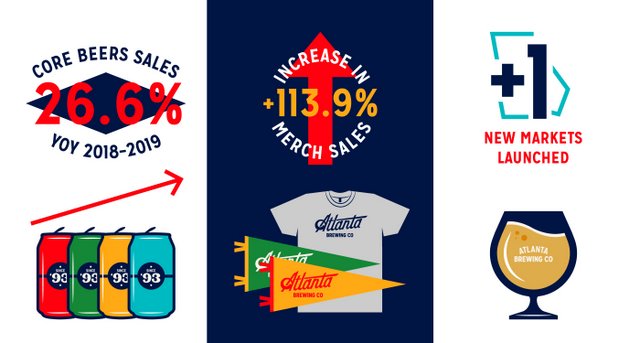
How important is story to today’s beer consumer?
Lockhart: I’m a believer that a good story can help sell anything. Especially beer. The challenge is get the story to consumers.
Wells: I believe in the story and its ability to impact the drinkers experience. The opportunity to tell that story in the market begins at the retail level. Crafting a portable and repeatable message that retailers and service industry professionals can tell is your best bet in an industry that is currently very noisy. The Tap Room has become the only way to control the consumer experience from start to finish, deliver your message and tell your story through beer and service.
Davis: We are at a place where there are so many options, that if you don’t give someone something to get excited about you won’t stick in their minds. Being able to tell our story as the original Georgia brewery does that for us. People are excited to tell that story to their friends and people visiting from out of town, and are interested to hear more when they hear it from us.
What’s your grand vision for Atlanta Brewing?
Lockhart: To gain significant market share in Atlanta and grow into a regional brewery.
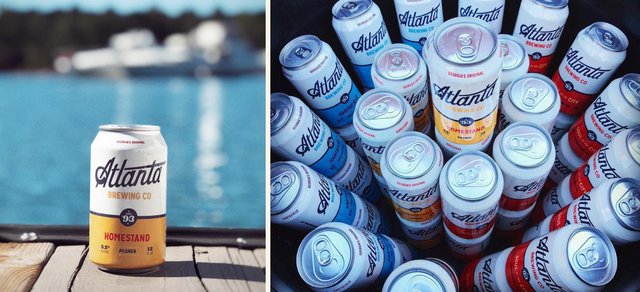
Your current team has been at Atlanta Brewing for several years. Given your tenure, what’s the biggest mistake you’ve made so far? Or asked another way, is there anything you’d go back and do differently now that you’ve got some time in the market under your belt?
Lockhart: I’ve been here for almost nine years so I’ve seen and been a part of several mistakes. I’d say one of the biggest issues/mistakes is going from Atlanta Brewing to Red Brick Brewing without making significant changes to improve beer quality.
ANDY SADLER: The biggest mistake we made over the past five to seven years was adapting too slowly to a rapidly changing market. Our brand was older than our competitors’ brands and by not being an innovator in the market, we only reinforced customers’ perceptions that we were not cutting edge. We lost significant market share to upstart breweries who were offering something new and exciting. Once we shifted the focus to innovation, it was imperative that we refresh the brand as well, as the damage had already been done with Red Brick.
Do you have any advice for those who may be considering rebranding their brewery?
Lockhart: Don’t do it by yourself. Hire professionals!
Davis: Make sure everyone in the company gets together on it. There were so many things that I would have done that didn’t make sense from a production or sales perspective. Once we were able to get everyones wants and needs down and see parallels we got exactly what we needed out of the branding. You cannot do a complete company overhaul without all of the key players on board!
Any book, podcast or website recommendations for people in the brewery world?
Lockhart: The Brewbound podcast is pretty good. It can be a bit depressing at times, but they give you an accurate view of the challenges in the market today.
Davis: I personally like to listen to podcasts like “Building a Story Brand” there are not brewing specific but touch on things we deal with in marketing and branding
World class beer, food and customer experience or world class branding? Which is more important for long term success moving forward?
Lockhart: I think today more than ever you need both if you plan on staying around for a while.
If you’d like to learn more about branding your craft brewery, check out CODO Design’s Craft Beer Branding Guide. This practical, step-by-step guide will help you navigate the entire branding process from naming and positioning, branding or rebranding, developing your responsive website and package design.

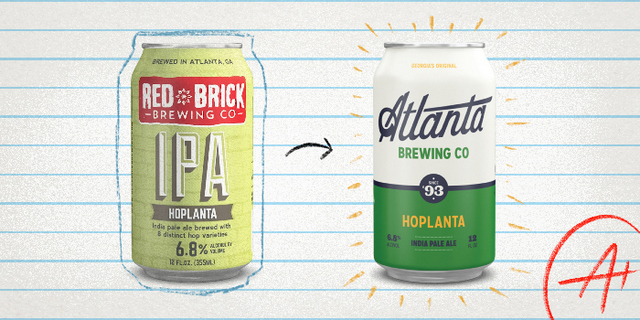
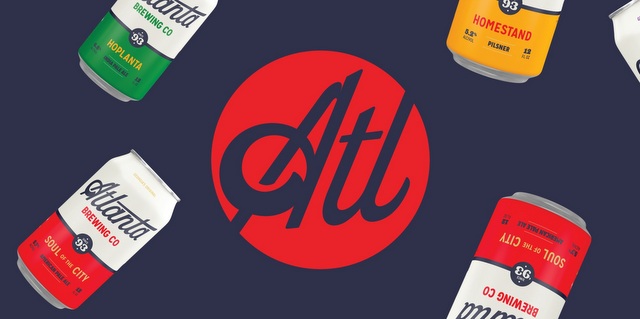
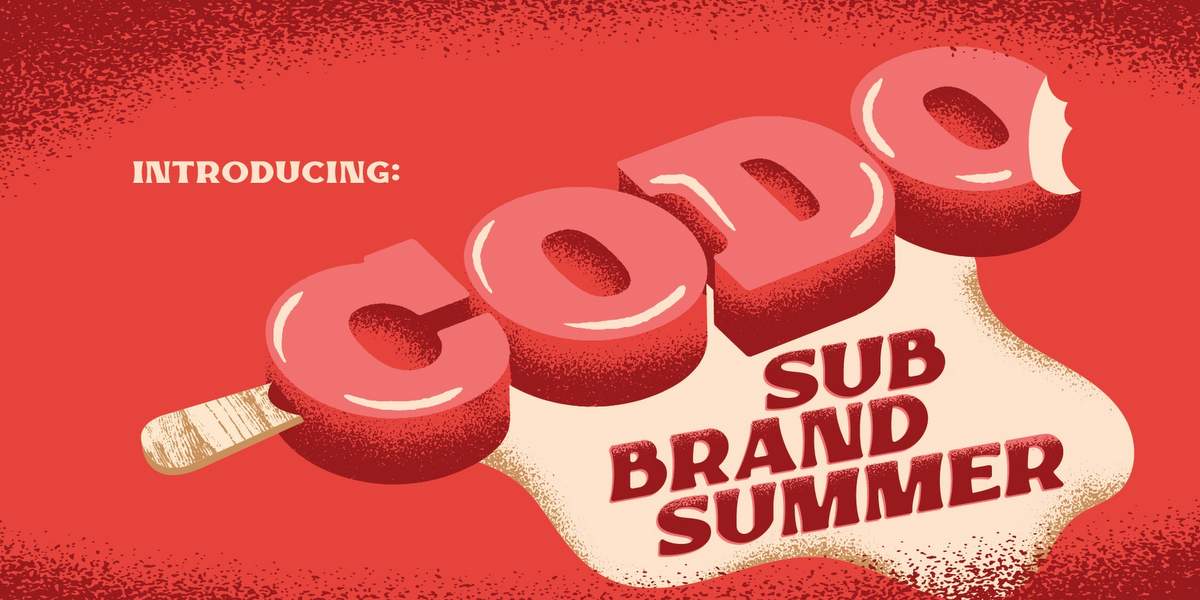
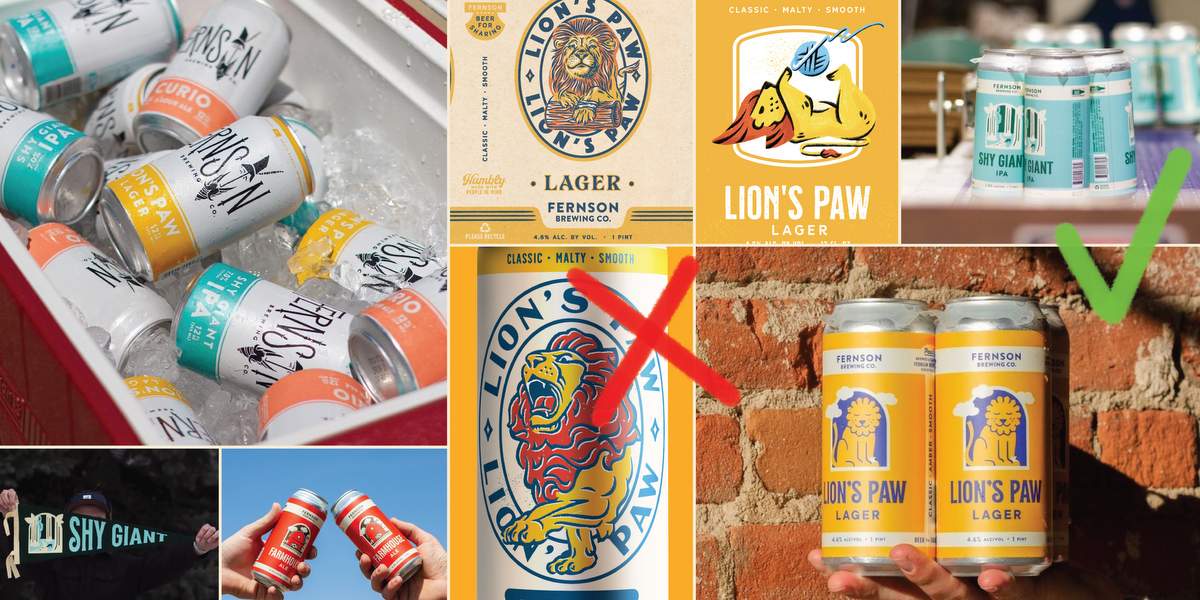
Leave a Reply
You must be logged in to post a comment.